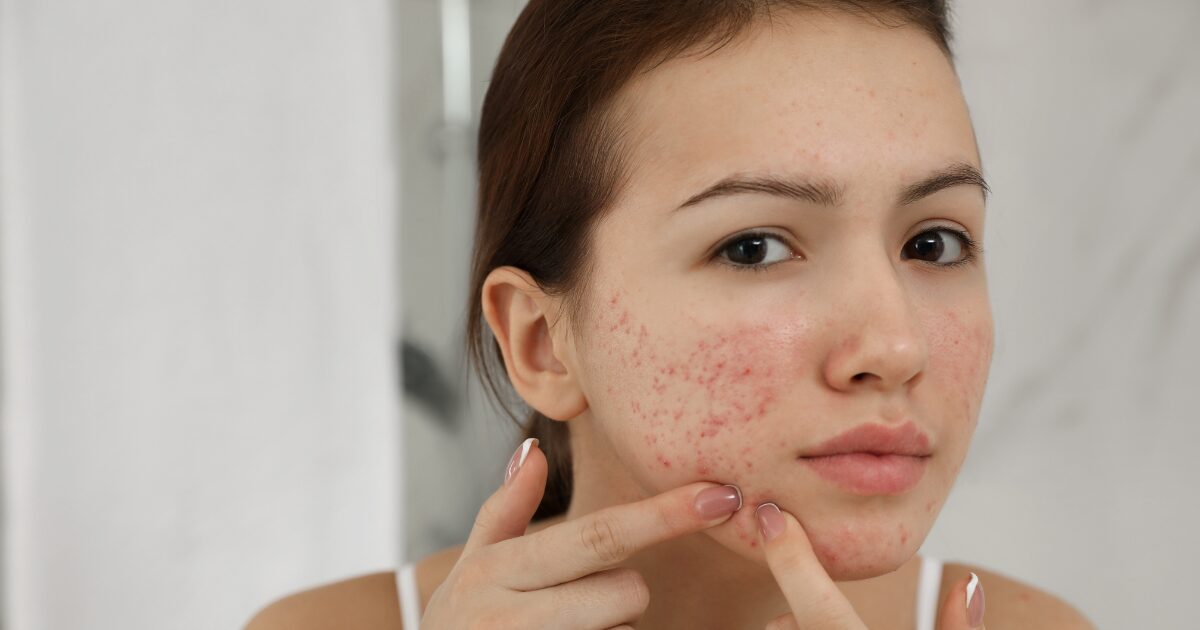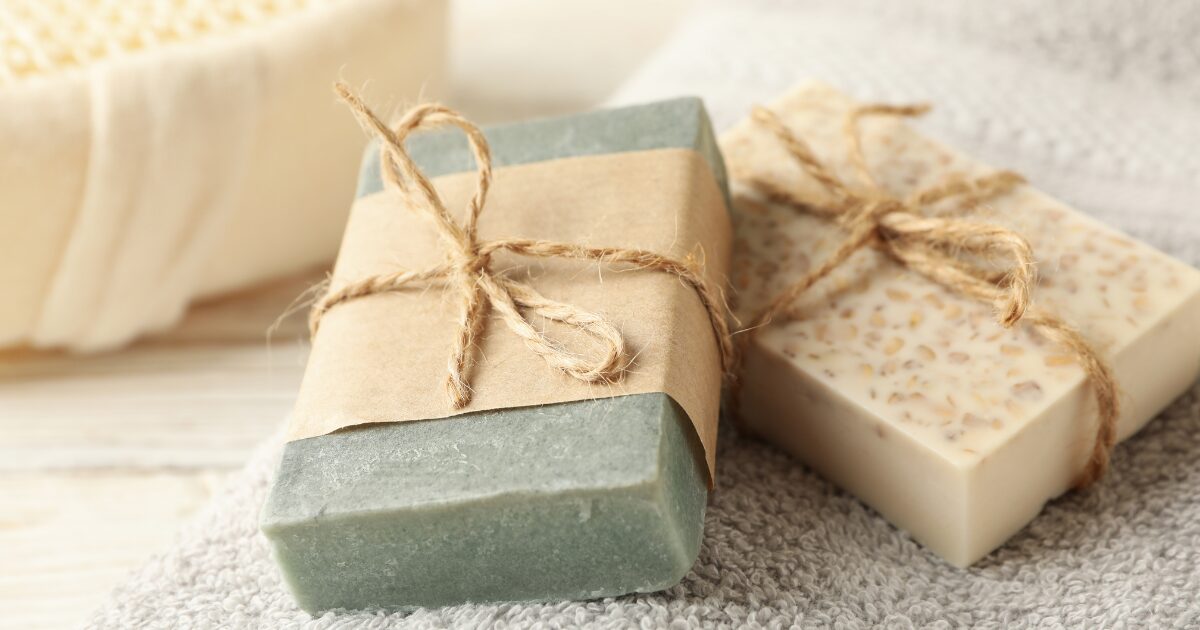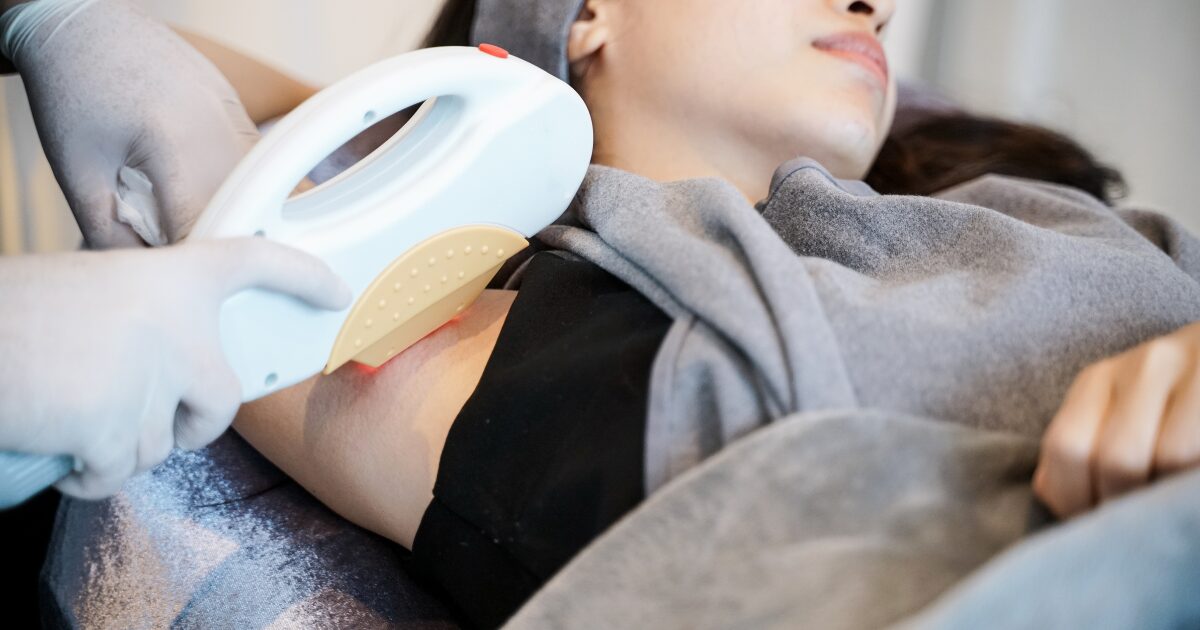Entering the skincare industry may be scary, particularly when encountering unfamiliar, new phrases and lingo. You should not be surprised by the latest fashions and products that are appearing, considering their recent surge in popularity, to make the best decisions among the plethora of items on the market today, though it is to your best advantage to take in all this new knowledge.
Many terms and terminology are being used these days to refer to novel advancements in skincare technologies. You must bear in mind a handful of the most important ones, among which are “skin actives.”
Skin Actives: What Are They?
Essentials or active materials in skincare are components of skin care products that have a directed biological response to the skin. These ingredients are usually the active ingredients and are usually added into the product to cater for specific skin issues the product is formulated to solve among which are ageing, acne, pigmentation, or dryness.
You may incorporate a variety of skin activities into your regular daily regimen to encourage good skin restoration. The following are some of the most popular skin activities that you should keep an eye out for the next time you buy skincare products.
Retinoids: The Bible of Skincare and Anti-Aging
Retinoids, including Retinol, Retinaldehyde, and Tretinoin, are potent anti-ageing inhibitors that increase collagen synthesis and cell turnover, reducing fine lines, wrinkles, hyperpigmentation, and pimples.
They stimulate skin cell growth but should be used in smaller concentrations and with sunscreen due to skin sensitivity.
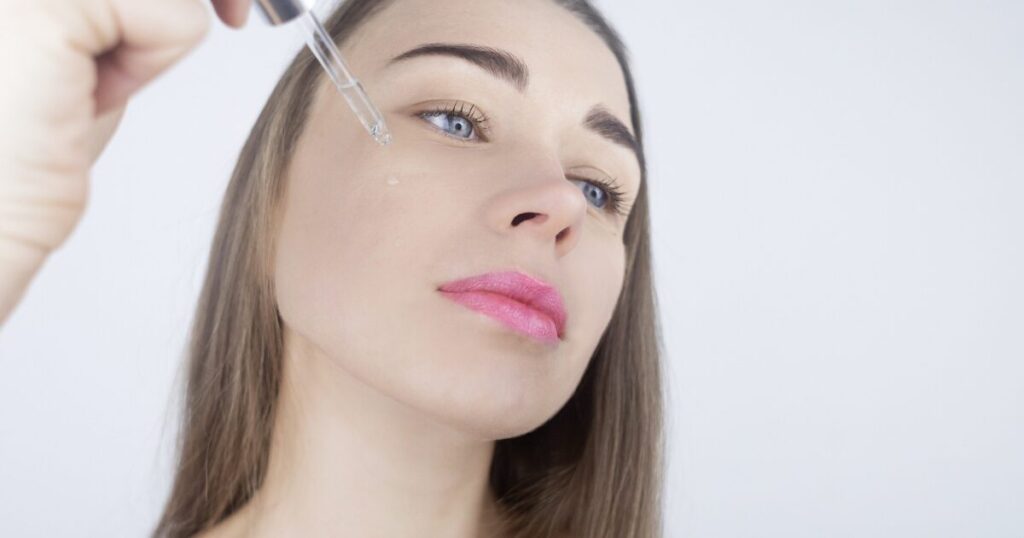
Hyaluronic Acid: Best for Hydration
HA as its abbreviated name, is a hydrophilic polymer that aids in skin moisture retention and is also implicated in skin firmness and skin elasticity. Especially for individuals with dry skin is recommended that they use this product.
It prepares it by smoothening the surface, making it a sleek look. It is not wise for pregnant women to use retinoids because they are possibly dangerous.
Vitamin C: Super Supplement Before Going Natural for Brighter Complexion
This vitamin plays the role of an antioxidant, as well as fights the free radicals coming from UV radiation as an anti-age vitamin. They regulate skin colour, boost the production of collagen and also remove fine lines and wrinkles.
La Roche-Posay’s Redermic Vitamin C 10 anti-ageing Moisturizer is formulated with pure vitamin C, and through its Usage test, shows skin firmness regeneration, brightness intensification, and decreased roughness within the first week of usage.
Niacinamide: The Multitasker
Niacinamide popularly referred to as vitamin B3 is very vital in skincare because it has major functions of improving the skin dermal layer, diminishing inflammatory responses, decreasing skin redness, and regulating sebum production as well as skin tone. This makes it suitable to be used in combination with other skincare products since it is not likely to react with the skin.
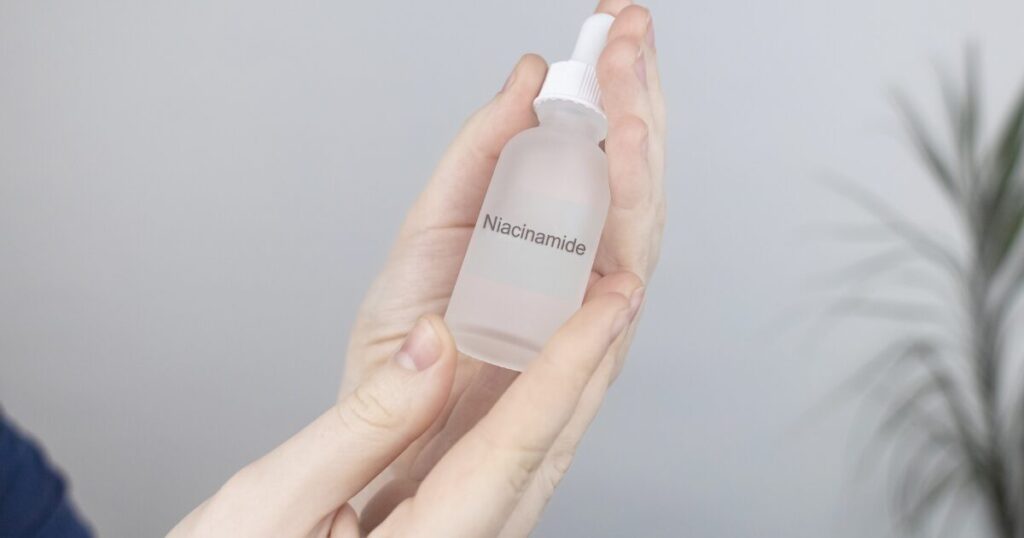
AHAs: It is called The Exfoliating Skin Smoothers
Alpha Hydroxy Acids (AHAs), like Glycolic Acid, Lactic Acid, and Mandelic Acid, are used for exfoliation by weakening dead skin cell connections, promoting shedding, reducing wrinkles, and regulating skin colour, but may increase photosensitivity, requiring sun protection.
BHAs: The Pore-Clearing Champions
Salicylic Acid, a popular Beta Hydroxy Acid (BHA), is effective in removing anti-bacterial layers in pores, making it ideal for acne and blackhead control.
It’s lipophilic, reaching deep pores, cleansing, and reducing inflammation. Available on Amazon, it’s gentle and should be followed by moisturizer.
Peptides: Skin Repair: It’s Building Blocks
Peptides are short amino acids; they form skin tissues’ main proteins such as collagen and elastin. They attach to the target cells in the skin offering signals to make more collagen and elastin and therefore improve skin flexibility and fine-line eradication. The products containing peptide differentiations return higher outcomes.
Ceramides: The Barrier Builders
Ceramides are endogenous lipids that exist in the skin and are considered vital in the management of skin barrier abilities.
They support the skin’s natural functions and assist in protecting, moisturising, and repairing the skin from environmental stressors.
Ceramides are helpful for dry, sensitive and/or allergic skin, and are considered in most moisturizing creams and lotions to seal in moisture and act as a barrier.
Sunscreens: The Essential Protectors
Sun-protection creams can be of the mineral or the chemical category; they shield skin against the sun’s damaging rays that cause burns, lines, and skin cancer.
Use the sunscreen that is labelled as containing both UVA and UVB radiation and the sunscreen should be reapplied every two hours.
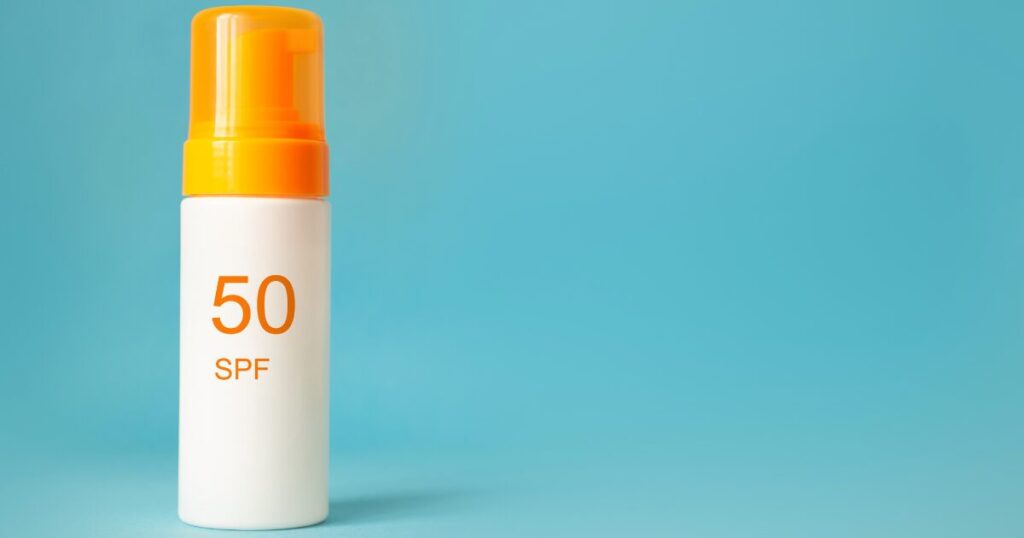
Antioxidants: The ‘Defenders against Damage’
Vitamin E Fascist, Green Tea Extract, Resveratrol, and Coenzyme Q10 are the antioxidants that help in reducing the effects of free radicals which are dangerous to the skin.
These compounds are involved in the reduction of inflammation, skin repair and protection from cellular damage to offer individuals youthful-looking skin.
Different active ingredients can be combined with antioxidants and consumers can be sure that they will receive maximum protection for their skin as studies show that these formulations are stable.
Managing the Inclusion of New Active Ingredients
In the implementation process of a new active ingredient into your skincare routine, you need to do it gradually and carefully. First, apply it on a small part of the skin and feel the effect in the next 24-48 hours so that no negative outcome is seen.
The recommended way of testing the new product is that if the patch test is successful, then gradually introduce the new product in its new form diluting it and using it every other day.
Thus, by using active elements but with utmost precaution, you can avoid these negative side effects of active ingredients to have healthy and glowing skin.
Which skin active work best for your skin?
Are you using any skin actives? What type of skin do you have and how these skin actives works for your skin? Tell us the effects you have notices after applying these skin actives and do you any suggestion regarding to specific skin type? Share your insights in comment section or contact us here to share your case study.
FAQs
What are skin actives?
Substances in creams and lotions that have designated biological actions and purposes can treat issues regarding ageing, pimples, and dry skin.
Where and how do I apply skin activities in my routine?
Apply one activity at a time, beginning with the lower concentration levels. After washing the face and before using the moisturizer, then sunscreen when going out during the day.
Can skin actives have side effects?
Yes, they may lead to develop itching, redness or peeling on the skin. When you begin, start gradually and with solutions with a lower concentration; never forget to use a moisturizer and sunscreen after.
Can I use skin actives while pregnant?
Especially, it is necessary to avoid retinoids and high concentrations of salicylic acid. Safe products are niacinamide, hyaluronic acid, and vitamin C; discuss with your doctor.
Where should the skincare with active ingredients be kept?
A place that should be used for storing should be cool and dry out of direct sunlight. Think about preserving vitamin C products, because during the process of storage, they can be subjected to oxidation.
In your opinion, how can one effectively go about it when introducing a new active ingredient?
It is recommended to apply the first patch test followed by increasing the concentration in the washing with a full schedule over time.



